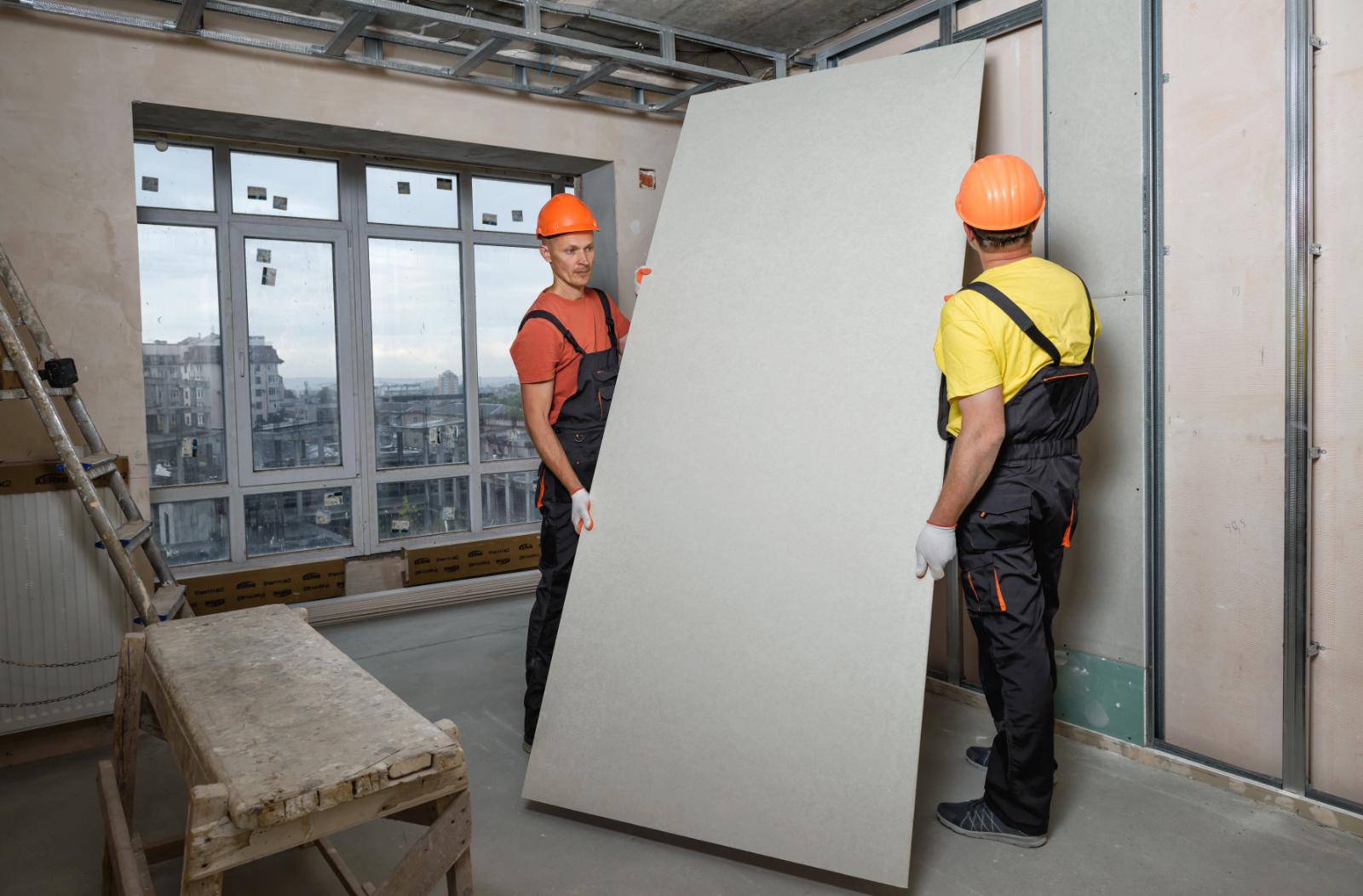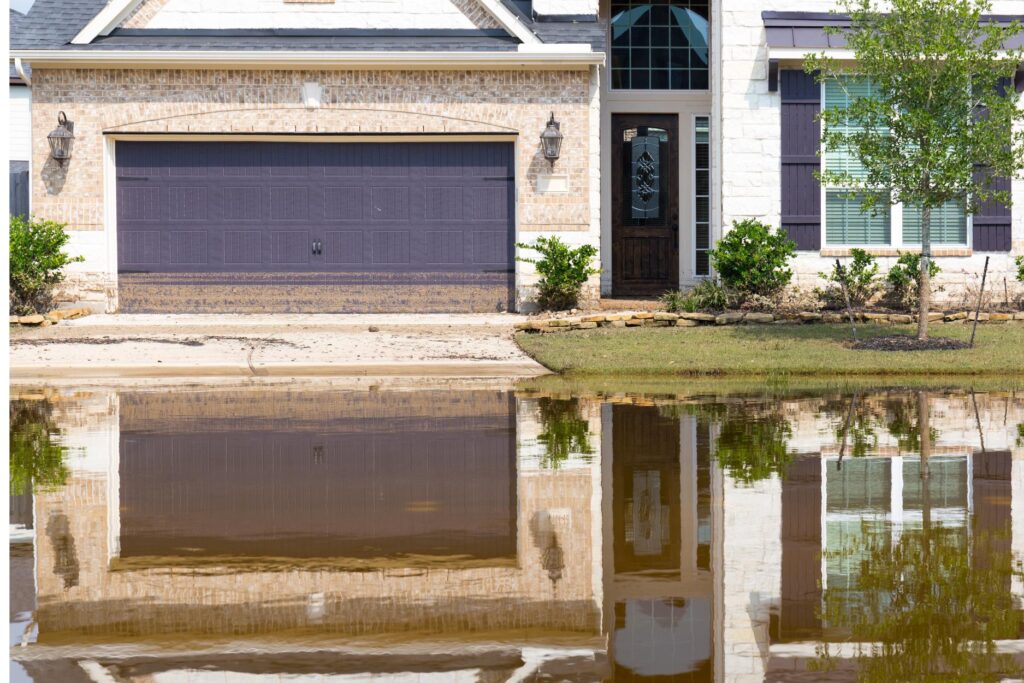Contents
Regarding DIY drywall finishing, did you know that a large percentage of the overall project time is dedicated to finishing work? Understanding the most essential secrets for achieving a professional finish can greatly impact the final result of your project. From mastering joint compound application to nailing down sanding techniques, some vital tips and tricks can take your drywall finishing skills to the next level. Stay tuned to uncover the key secrets that will elevate your DIY drywall finishing game.
Key Takeaways
- Properly clean and prep the drywall surface for compound adhesion.
- Use wider knives for smoother finishes and corner tools for crisp edges.
- Master sanding techniques with fine-grit paper and balanced pressure.
- Seal, prime, and choose paint formulated for durability and easy maintenance.
- Pay attention to detail for flawless results, touch up as needed, and inspect thoroughly.
Essential Tools for DIY Drywall Finishing
To achieve professional results when finishing drywall on your own, you must ensure you have the essential tools. Proper tool organization is key to maximizing efficiency and minimizing mistakes. A pegboard or wall-mounted tool organizer can help keep your tools within reach and prevent unnecessary delays during the project.
Time-saving hacks, such as pre-filling your mud pan with joint compound before starting, can also streamline the process.
When considering tools, looking for budget-friendly alternatives without compromising quality is important. For example, starting with basic handheld taping tools can be more cost-effective for beginners instead of investing in expensive automatic taping tools. These tools are easier to master and can still produce excellent results.
One common beginner mistake is underestimating the importance of having the right tools for the job. Using subpar tools can lead to poor finishing quality and frustration. Make sure you have a good quality taping knife, mud pan, joint compound, sanding sponge, and sandpaper to achieve a smooth and professional finish.
Proper Preparation Techniques for Drywall
To achieve a flawless finish on your drywall, start by meticulously cleaning the surface to ensure proper adhesion of joint compounds.
Utilize sanding techniques to smooth out imperfections and create a smooth shift between patches and existing walls.
These preparation steps are vital for a professional-looking result in your DIY drywall finishing project.
Surface Cleaning Tips
How can you ensure that the surface of your drywall is thoroughly cleaned before applying any finishing materials?
To ensure a flawless finish, start by removing all dust particles from the drywall surface. Use a vacuum with a brush attachment to gently suction off any dust, paying close attention to corners and edges where dust tends to accumulate.
Wipe the walls with a microfiber or tack cloth to capture any remaining dust.
Stain prevention is equally important in preparing your drywall for finishing.
Before cleaning, inspect the walls for any stains or marks. Treat these areas with a mild detergent solution and a soft sponge, gently scrubbing until the stains are removed.
Rinse the cleaned areas with clean water and allow them to dry completely before proceeding with the finishing process.
Sanding Techniques
Achieve excellent drywall surface smoothness by utilizing effective sanding techniques that prepare the surface for flawless finishing application. When it comes to sanding drywall, choosing the right sandpaper is important. Opt for a fine-grit sandpaper, such as 120-grit, for the best results.
Start by sanding at a 45-degree angle to the joint compound, then switch to a 90-degree angle to feather the edges smoothly. This technique helps blend the patched areas seamlessly with the rest of the wall.
To control dust while sanding, consider using a vacuum sander or attaching a dust bag to your sander. This will help minimize the mess and keep the air clear of particles. Another option is wet sanding, where you lightly dampen the sandpaper or use a wet sanding sponge. This method can reduce dust significantly and result in a smoother finish.
Remember to let the drywall dry completely before applying any further coats of compound or paint. By mastering these sanding techniques, you’ll achieve a professional-looking finish on your drywall project.
Mastering the Art of Joint Compound Application
Begin by selecting the appropriate joint compound for your project, making sure it matches the type of drywall you’re working with. For a smooth finish, consider using an all-purpose joint compound. If you desire a quicker drying time, opt for a setting-type compound. Each type has its advantages depending on the project requirements.
When applying the joint compound, start by using a 6-inch taping knife for the first coat. Apply the compound over the joints in smooth, even strokes, feathering the edges to blend with the drywall. For the second and third coats, use wider knives, such as 10 or 12 inches, to achieve a wider finish and smoother results. To create texture options, experiment with different application techniques like stippling or swirls. These finishing touches can add character and depth to your walls.
For advanced techniques, try using a corner trowel to achieve crisp corners or a mud pan to keep your compound at the right consistency. When troubleshooting, remember to check for air bubbles or ridges in the compound and address them promptly by smoothing them out with a dry knife. Additionally, make sure each coat is completely dry before sanding or applying the next layer to avoid imperfections.
Sanding Tips for a Smooth Finish
To achieve a smooth finish in your drywall project, mastering the art of sanding is essential for professional results. Sanding efficiency plays an important role in achieving the desired smoothness on your drywall surface. Start by using fine-grit sandpaper, such as 120 or 150 grit, to smooth out any imperfections left by the joint compound. Work in a circular motion and feather the edges to blend them smoothly into the surrounding drywall.
When it comes to finishing finesse, pay attention to the pressure you apply while sanding. Too much pressure can result in uneven surfaces, while too little mightn’t effectively smooth out the area. Find a balance that allows you to gently sand the surface while maintaining control over the tool. Additionally, periodically check the smoothness of the sanded area by running your hand lightly over it. This tactile approach can help you identify any rough spots that need further attention.
Employing the right techniques is also key to achieving a smooth finish. Avoid over-sanding a particular area, as this can create uneven patches that are challenging to correct. Instead, focus on consistent strokes and overlapping motions to ensure even sanding across the entire surface.
Achieving Professional-Looking Drywall Corners
How can you ensure sharp and flawless corners in your drywall installation?
Achieving professional-looking drywall corners requires attention to detail and the right techniques. When mudding corners, start by applying a thin layer of joint compound along the corner using a 4—or 6-inch taping knife. Make sure the mud is spread evenly and feathered out to create a smooth shift.
Taping techniques are important for achieving smooth corners. Begin by embedding paper tape into the corner using a corner trowel or your taping knife, pressing it gently into the mud.
Next, apply a second layer of joint compound over the tape, feathering out the edges to blend it with the wall smoothly. To further refine your corners, use a corner tool to remove any excess mud and create a clean, sharp edge.
After the mud has dried, lightly sand the corners to remove imperfections and create a uniform surface.
Top Tricks for Painting Drywall Like a Pro
Mastering the top tricks for painting like a pro is crucial to achieving a flawless finish on your drywall. Advanced techniques can make a significant difference in the final result. Insider tips from seasoned painters can help you achieve a professional-looking finish at home.
One advanced technique is to use a high-quality primer before painting. Primer helps seal the drywall and creates a smooth surface for the paint to adhere to, resulting in a more even and long-lasting finish. Additionally, applying a tinted primer that matches your paint color can help you achieve better coverage with fewer coats.
Another insider tip is to use the right tools for the job. Invest in high-quality paintbrushes and rollers to ensure a smooth and even application. A good quality brush can help you cut cleanly along edges and corners, while a high-density roller can provide a uniform coat of paint on larger surfaces.
Furthermore, mastering the art of cutting in can elevate your painting game. Cutting in involves painting along the edges and corners with precision before using a roller for the main surface. You can achieve crisp lines and professional-looking results with practice and the right technique.
Finishing Touches: Sealing and Priming Drywall
Ensure a flawless foundation for your drywall project by meticulously sealing and priming the surfaces. Before diving into the painting phase, it’s important to confirm that your drywall is properly sealed. Begin by inspecting the drywall for any imperfections such as holes, cracks, or rough areas. Use a high-quality drywall compound to fill in these imperfections, sanding them down once dry to achieve a smooth surface. Consider applying a coat of PVA primer to seal the drywall, promoting better adhesion for the paint.
When it comes to priming, opt for a high-quality primer that suits your specific needs. For instance, if you’re dealing with water stains or smoke damage, choose a stain-blocking primer to prevent these issues from bleeding through the paint. Apply the primer evenly using a paint roller or brush, ensuring full coverage on all surfaces. Allow the primer to dry completely before proceeding with the paint application.
Selecting the right paint is important for achieving a professional finish. Choose a paint that’s specifically formulated for drywall, providing durability and easy maintenance. When applying the paint, consider using a high-quality paint roller for smooth, even coverage.
Don’t forget the finishing touches – inspect the painted surface for any missed spots or uneven areas, touching them up as needed to achieve a flawless result.
Review
Congratulations, you’re now a drywall finishing master!
With the essential tools, proper preparation techniques, and expert tips for joint compound application, sanding, painting, and finishing touches, your DIY project will rival any professional job.
Remember, attention to detail and precision are key to achieving flawless results.
So go forth and conquer your drywall finishing projects with confidence and skill!




